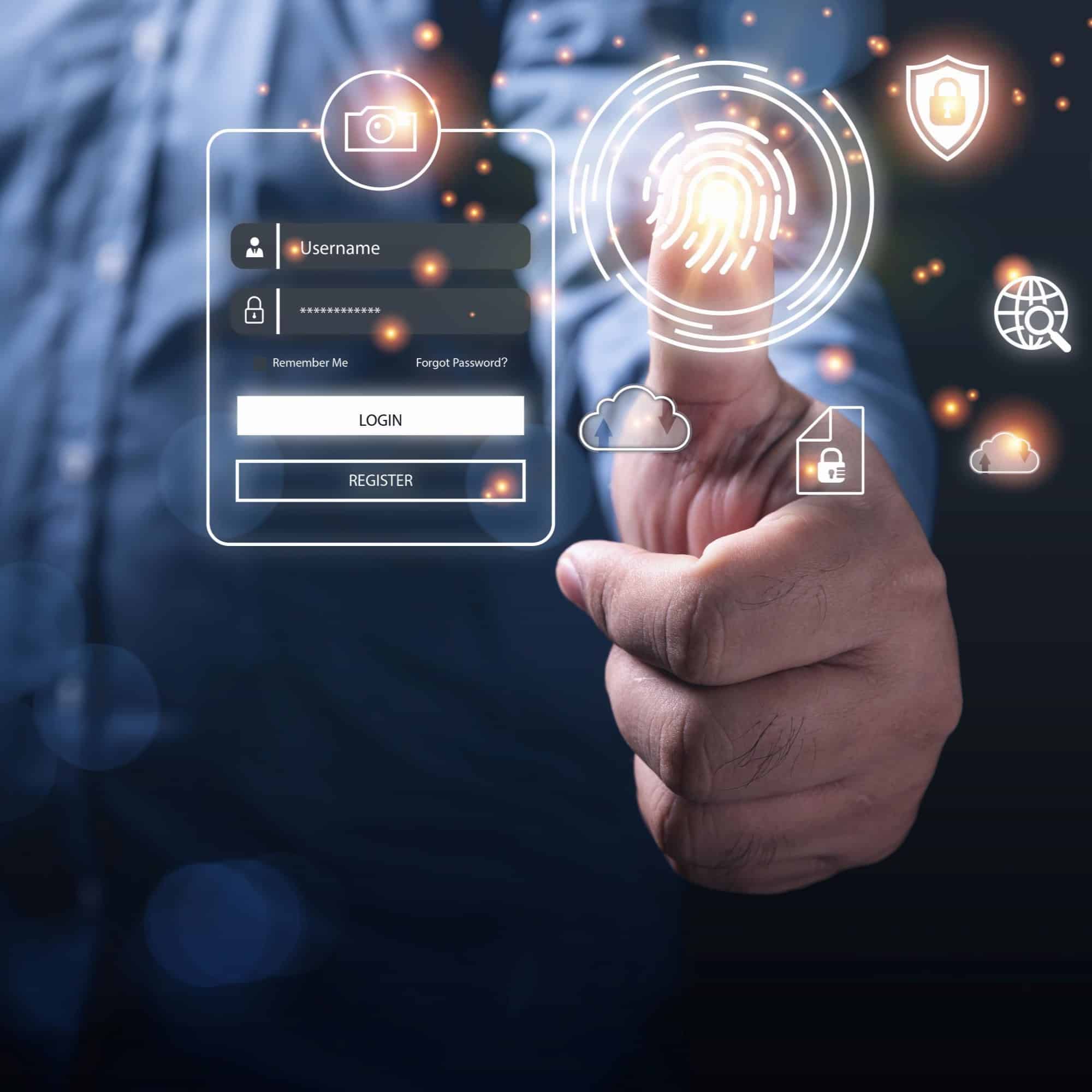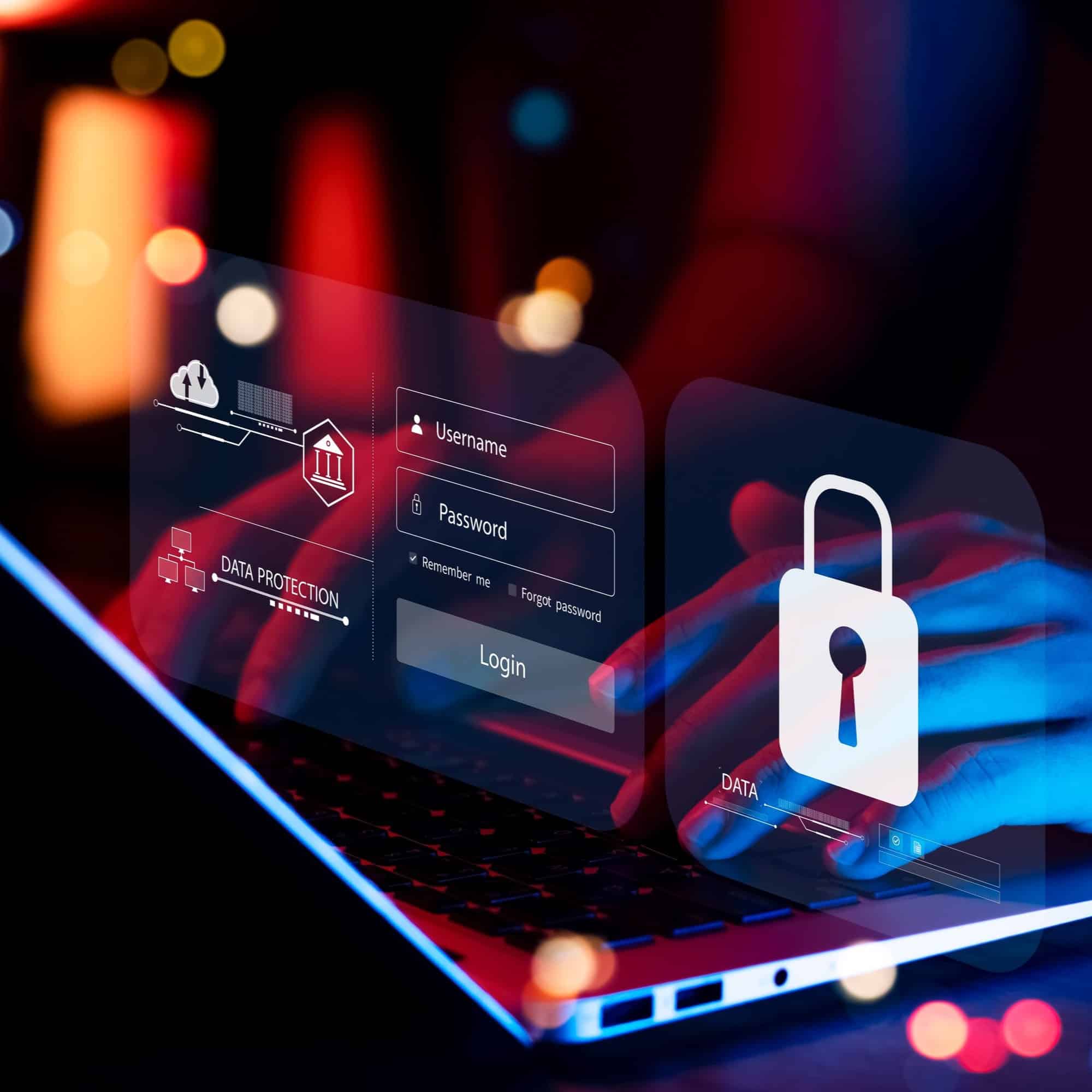
Phishing and spear phishing are terms that get thrown around a lot in cyber security discussions, but what are they, exactly? Are they the same thing? How do you know if you’re being targeted by phishers or spear phishers? Whether you work in the business world or manage your own finances, knowing how to spot and prevent phishing attempts is vital to your safety online.
What are they?
Phishing is a form of hacking, where the attacker tricks you into providing sensitive information or clicking on a link that will infect your computer with malware.
Spear phishing is when the phisher targets a specific person or company by creating a fake email address or social media account pretending to be someone they know. The goal of spear phishing is not just to trick you into giving up sensitive information but also to install malware onto your computer that can extract data for months without being detected.
Why they are used
Phishing emails, viruses, and hacks are used for a variety of reasons. Hackers might use them for fun, fraudulently acquire money or commit crimes. Sometimes these attacks are done by people who want to sell you something or just get your personal information. The best way to protect yourself from phishing is by being aware of the ways that they happen and taking steps to protect yourself against them.
Ways you can protect yourself from attempts
There are a number of ways you can protect yourself from phishing and spear phishing. A virus can be detected by anti-virus software, but there are more elaborate ways to protect yourself. Make sure that you’re not opening email attachments when they’re unexpected or coming from an unfamiliar sender. Most cyber security experts recommend that people only open email attachments if they know what the attachment is for, even if it comes from someone in their contacts list. Finally, use two-factor authentication on your social media accounts so that hackers will have to steal your password and then figure out your phone number or email account details before being able to access the account.

